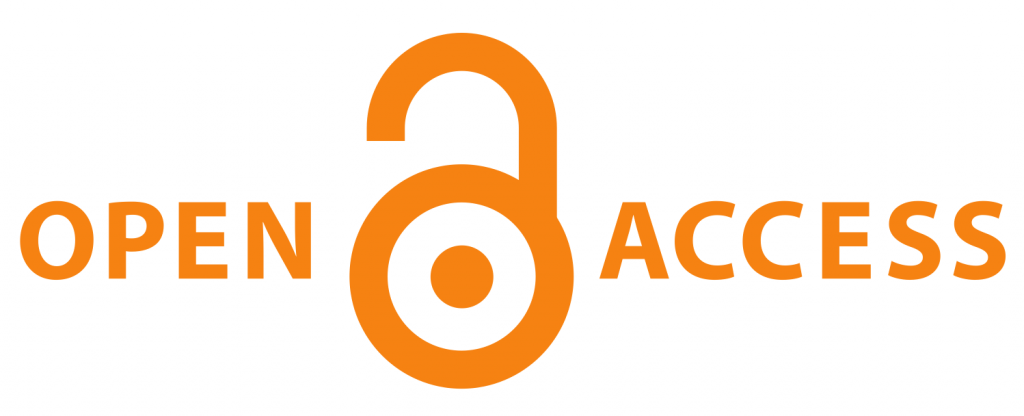Exploring the Employment Transition of TVET Students: A Case Study of the Safaricom Foundation Scholarship Program
Abstract
In Kenya, youth unemployment is a major problem. It is linked to gender, geographic area, educational attainment, and socioeconomic status, according to recent evidence. Over 80% of youth from Kenya's lowest wealth quintile are unemployed at a given time. To combat this current problem, the Safaricom Foundation, developed the Safaricom Foundation Scholarship Program (SFS). The initiative fo cused on the most marginalized youth, who are defined based on evidence. In partnership with two civil society groups, 40 training institutions were selected for to equiping 1027 youth aged 15–28 years, including young mothers and those with disabilities (PWDs), with trade skills and training them in life skills and employability competencies. They were then to be placed in internships and linked to job opportunities both formal and informal. This paper thus explores how Technical and Vocational Education and Training (TVET) students transit right from enrolment to the job market. The paper utilizes data collected from the Safari com Foundation sponsored institutions since 2020. A descriptive cross-sectional study design was adopted for this study. The paper sought to open up discussions and offer solutions on the challenges facing youth in transitioning to jobs while focusing on two questions (i) What are the completion and employment rates of the SFS students enrolled in the program? (ii) What are the barriers to accessing employment? The study used a cross-sectional study design in finding out the transition rates of the Safaricom Foundation Scholarship trainees. Findings indicate that most of the TVET students had the competences and were able to meet the job market demands through support from various stakeholders. However, there was still low transition rates of students to job employment compared to the students that graduated from TVET institutions. This calls for a concerted effort among key education stakeholders on the mentorship of students on course selection for a plausible outcome. In light of the challenges TVET graduates face in transitioning from institutions to the workforce, stakeholders should help them with industrial attachments, employment agencies, income-generating units at the institutions, institutionalindustrial links, self-employment, start-up capital, tools a nd materials for self-employment, and training. TVET graduates should employ these tactics and consider the skills as important since they enable self-employment or formal work.
Article Views and Downloands Counter
References
CEDEFOP. (2011). The benefits of vocational education and training. Luxembourg: Office of the European Union.
Dalberg. (2019). Youth not in education, employment and training in Kenya: Understanding values, capabilities and barriers towards achieving career and life goals. Nairobi.
Harry, L. K. (2014). Kenya country report for the 2014 ministerial conference on youth employment: Policies, mechanisms and schemes for integration of youth into the workforce and job creation. Abidjan, Côte d’Ivoire.
Hollander, A., & Naing, Y. (2009). Bridging academic and vocational learning. International Handbook of Education for the Changing World of Work:, 41-57.
International Labour Office (ILO). (2008). Conclusions on skills for improved productivity,employment growth and development. Geneva: International Labour Conference,. 97th Session, 2008.
Rogers , M., & Creed , P. (2000). School-to-Work Transition: From Theory to Practice, School of Applied Psychology. Griffith University . Gold Coast. Queensland, Australia
Sigu, J. D. (2014). The Impact of Vocational Education and Training on Socioeconomic empowerment of youth in Mukuru (2011 – 2015). Nairobi: University of Nairobi.
Copyright (c) 2023 Africa Journal of Technical and Vocational Education and Training

This work is licensed under a Creative Commons Attribution-NonCommercial-ShareAlike 4.0 International License.
Copyright Notice Copyright of published articles is held by AfriTVET. No limitation will be placed on the personal freedom of authors to copy or to use in subsequent work, material contained in their papers. Please contact the Publisher for clarification if you are unsure of the use of copyright material. Apart from fair dealing for the purposes of research and private study, or criticism and or review, this publication may only be reproduced, stored or transmitted, in any form or by any means, with the prior permission in writing of the Publishers.


